Share
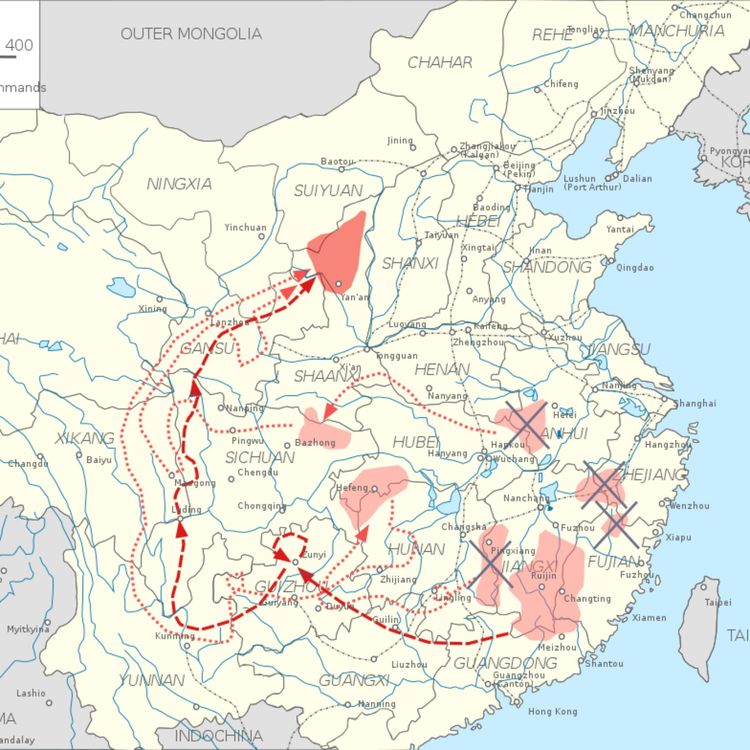
The Chinese Revolution
The Long March
Zhou Enlai planned in secret the details of the Chinese Communist's escape from the encirclement of the Central Soviet. He identified a Guangdong warlord who preferred to save his troops rather than fight the Red Army.
The First Red Army was able to pass through a number of blockhouses, before reaching the last of Chiang Kai-shek's fortifications near the Xiang River and suffering major casualties. They lost their heavy weapons and almost half their troops at that battle.
Then the Red Army moved quickly and often at night on The Long March. They reached northern Guizhou, close to the base of the Second Red Army, and rested.
At the Zunyi Conference, the 28 Bolsheviks lost their previous influence over the Communist Party of China and Mao Zedong began his rise to power. Mobile and guerilla warfare again became military policy.
The destination for the Long March changed at this point and instead of staying in Guizhou, the First Red Army tried to cross north into Sichuan. Faced with defensive resistance and at risk of annihilation, the First Red Army crossed the Chishui River four times. They escaped destruction, but now chose to move west and then north through Yunnan. They reached western, rather than eastern Sichuan.
The Long Marchers faced Snowy Mountains and a treacherous bog.
The First Red Army finally met up with the leader of the Fourth Red Army, Zhang Guotao, but couldn't reach agreement on a destination. Zhang preferred that they all settle around Sichuan, where he already had built a base and had the strongest Red Army.
Mao preferred to continue travelling to northern Shaanxi. His column arrived there in late 1935 and in 1936, moved within northern Shaanxi to Yenan.
It is said they crossed 18 mountain ranges and 24 rivers to reach there. Early on, Mao saw the Long March's myth-making potential and used it to turn this military retreat into a story of the Communists trip through the wilderness to a new land. It was symbolic of the journey from the old China to the new promised China.
Zhang Guotao's column was soon defeated and, having lost his military strength, Zhang also lost power in the Communist Party and after a trial and self-criticism, went over to the Guomindang.
Chiang Kai-shek might have allowed the Communists to retreat westward in order to follow them and take greater control over autonomous provinces like Guangxi and Sichuan. Because of the Long March, he was able to influence Sichuan for the first time and later made its then city of Chongqing his capital during World War II.
The Communist Party leadership survived because of the Long March, but most ordinary soldiers did not. Mao's wife gave birth painfully along the way. Of the approximately 80,000 troops who left the Central Soviet, only about 7,000 arrived in northern Shaanxi, and that was with recruitment along the way. Yet much had changed, including greater autonomy of the Chinese Communists from Moscow.
Image: "Map of the Long March 1934-1935-en" by Chinese_civil_war_map_03.jpg: User:Guimard derivative work: Rowanwindwhistler (talk) is licensed under CC BY-SA 3.0.
You can support this show through Buy me a coffee. https://www.buymeacoffee.com/thechineserevolution
For more information, sources and content see: https://chineserevolution.substack.com
Or enjoy The Chinese Revolution YouTube channel: https://www.youtube.com/channel/UCCOjBYMNC_3xjQXKv6ab9YA?sub_confirmation=1
More episodes
View all episodes
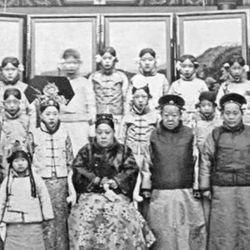
Update End of April 2023
01:55||Season 1, Ep. 0Recorded at the end of April, 2023, this recording summarizes the episodes to date and what to expect in the coming episodes as we transition from the Qing Dynasty to the Republic of China.Image: "File:Consorts of Tongzhi and Guangxu.jpg" by Anonymous Court Photographer is licensed under CC BY-SA 4.0.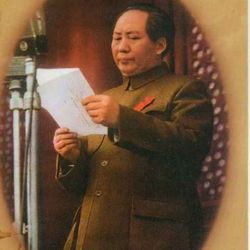
1. Episode 1 - Introduction
01:04||Season 1, Ep. 1Welcome to the first episode of the Chinese Revolution podcast.This is a podcast series for those who believe that understanding China and its history is important. This show is about the Chinese Revolutions and the events leading up to them.I was inspired by Mike Duncan’s excellent podcast series called Revolutions. A big thank you to him. Mike’s final revolution was the Russian Revolution. Since he did not continue his series, this podcast is meant to follow Revolutions with a detailed look at Chinese history and the Chinese Revolution. The Russian Revolution was of course a major contributor towards the Chinese Revolution…but not a straight line.Thanks for listening.Cover art: "Mao Zedong. 1893-1976" by josephbergen is licensed under CC BY-NC-N For more information, sources and content see: https://chineserevolution.substack.comOr enjoy The Chinese Revolution YouTube channel: https://www.youtube.com/channel/UCCOjBYMNC_3xjQXKv6ab9YA?sub_confirmation=1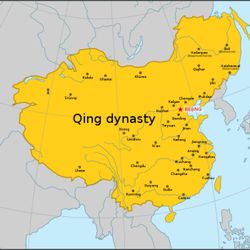
2. Episode 2- The Great Qing
05:06||Season 1, Ep. 2An introduction to the Great Qing State. The Qing replaced the Great Ming and ruled from 1644 until 1911. The vast empire ruled over 400 million subjects under Manchu leadership.When the Qing met the Europeans arriving by sea, they saw no reason to change. But owing to a focus on Confucius and classical education, Qing officials were developing more slowly than the new arrivals. This became clear with the Opium War and the reverberations then spread throughout the Qing territories. When the Qing Dynasty fell, it was not replaced by a new dynasty, but by the Republic of China."Map of Qing dynasty 18c.svg" by Samhanin is marked with CC0 1.0.For more information, sources and content see: https://chineserevolution.substack.comOr enjoy The Chinese Revolution YouTube channel: https://www.youtube.com/channel/UCCOjBYMNC_3xjQXKv6ab9YA?sub_confirmation=1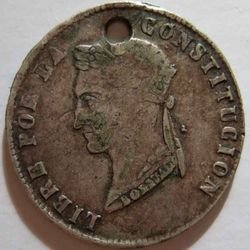
3. Episode 3- Silver during the Qing Dynasty
06:31||Season 1, Ep. 3In this introductory episode, the disruption of silver coins to the Qing Dynasty is discussed. The Qing collected taxes in silver but did not control silver supply or minting. As a result, Latin American revolutions impacted silver coins, changed trade flows and created economic disturbances in the Qing Dynasty just before the Opium War.Image: "BOLIVIA, 1855 ---HALF DOLLAR SIZED SILVER COIN,UNSURE OF DENOMINATION b" by woody1778a is licensed under CC BY-SA 2.0.You can support this show through Buy me a coffee. https://www.buymeacoffee.com/thechineserevolutionFor more information, sources and content see: https://chineserevolution.substack.comOr enjoy The Chinese Revolution YouTube channel: https://www.youtube.com/channel/UCCOjBYMNC_3xjQXKv6ab9YA?sub_confirmation=1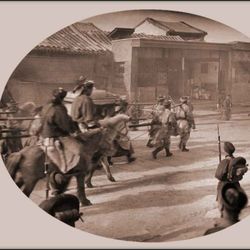
4. Episode 4- The Examination System
04:21||Season 1, Ep. 4An introductory episode about the Examination System and corruption of officials during the Qing Dynasty. The three sets of examinations required before entry into Chinese government leadership were grueling. Candidates rarely passed the examinations. The Manchu elite benefited from an alternative, easier examination system. Unsuccessful examination candidates often began rebellions. As a result, corruption, patronage and resentment were part of the Qing Empire.Image: "Qing Court Return, The Emperess Dowerger [1902] George E. Morrison [RESTORED]" by ralphrepo is licensed under CC BY 2.0.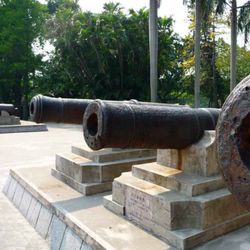
5. Episode 5 - Introducing the Opium War
27:52||Season 1, Ep. 5An introduction to the Opium War between Great Britain and the Qing Empire, including introductions of major characters. The Opium War was considered the beginning of China's Century of Humiliations. Lu Kun and William Napier do battle outside Guangzhou. Lin Zexu seizes 20,000 chests of British opium and destroys them. The British seize Hong Kong and Lin then cuts off British food and water. War is coming.Image: "The Opium War Museum Humen Dongguan" by dcmaster is licensed under CC BY-NC 2.0.You can support this show through Buy me a coffee. https://www.buymeacoffee.com/thechineserevolutionFor more information, sources and content see: https://chineserevolution.substack.comOr enjoy The Chinese Revolution YouTube channel: https://www.youtube.com/channel/UCCOjBYMNC_3xjQXKv6ab9YA?sub_confirmation=1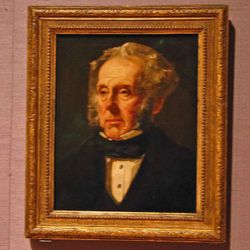
6. Episode 6 - Whales and Crocodiles
26:11||Season 1, Ep. 6Lin Zexu's destruction of British opium causes debate in London. But the Whig government has plenty of other crises. Lord Palmerston makes demands of China and sends warships in spite of reluctance at home. Opposition to a war with China is debated in Parliament.The British use newly seized Hong Kong as a base, battle with the Chinese by Guangzhou and bombard and then make an amphibious assault on Zhoushan Island by Shanghai. The sail as far as Tianjin. The Daoguang Emperor receives Lord Palmerston's letter and replaces Lin Zexu. The British are wined and dined and sail back south to see if Palmerston's demands are met.Here is a map showing highlights from the original Opium War between Great Britain and the Qing Dynasty of China.https://www.google.com/maps/d/edit?mid=1avTI5eEAq5yBQoW4ZFg7FnUmEM6Og_c&usp=sharingImage: "National Portrait Gallery - Lord Palmerston - Harry Redknapp's Grandad" by Gareth1953 All Right Now is licensed under CC BY 2.0.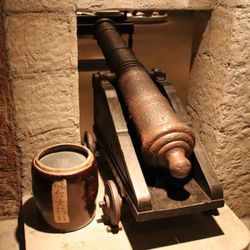
7. Episode 7 - Charles Elliott's Opium War
30:27||Season 1, Ep. 7The British capture Chinese forts and take Guangzhou. British trade returns to southern China. Rural peasants self-organize against the British invaders. Charles Elliott is replaced by British authorities in London.Image: "19th Century Cannon" by Gary Lee Todd, Ph.D. is marked with CC0 1.0.You can support this show through Buy me a coffee. https://www.buymeacoffee.com/thechineserevolution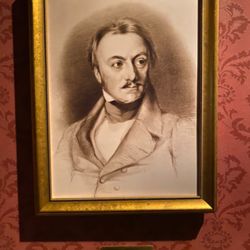
8. Episode 8 - Henry Pottinger and the End of the Opium War
32:49||Season 1, Ep. 8In this episode, Henry Pottinger takes over as British Superintendent of Trade. The British retake Zhoushan Island, which had been abandoned by Charles Elliott and advances up the Yangtze River. Negotiations conclude the Opium War with the Treaty of Nanjing. It is now remembered as the first unequal treaty and the beginning of a century of humiliations for China.Image: Kongma, CC BY-SA 4.0 via Wikimedia CommonsYou can support this show through Buy me a coffee. https://www.buymeacoffee.com/thechineserevolutionFor more information, sources and content see: https://chineserevolution.substack.comOr enjoy The Chinese Revolution YouTube channel: https://www.youtube.com/channel/UCCOjBYMNC_3xjQXKv6ab9YA?sub_confirmation=1